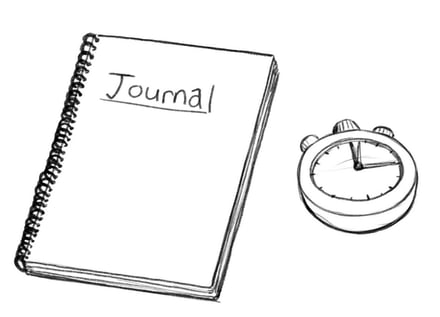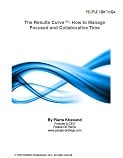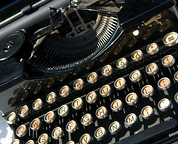 by Pierre Khawand, Founder and CEO
by Pierre Khawand, Founder and CEO
Are you often distracted by your digital gadgets? How often? Do you try to solve this challenge by downloading more digital tools only to find yourself even more distracted? Maybe it is time to look for an analog solution. Perhaps you can sympathize with Kate, who writes:
“I’m good at what I do, but one can always be better. Sometimes, I surf the web when I should be preparing for a meeting or answering email. When I realize I’ve wasted time I feel overwhelmed and stressed. I end up spending more hours at work without receiving more in pay, and my personal life suffers.
“When I took a closer look at my workday, I realized that the problem was that I was relying on the internet as my number one productivity tool. While it seemed innocuous, constantly checking my calendar and inbox undermined my focus on important tasks. While checking my email my fragile attention would inevitably wander to an interesting subject line or link. Though my web tools helped me to organize, they also distracted me.“
Kate’s story probably sounds familiar to you. The digital world offers amazing tools for productivity that promise to sync with the complexity of our modern lives. However, any given web or digital app designed to increase productivity can quickly turn on its head and become a constant distraction and time waster. While the digital world offers complex and advanced tools, analog can yield simple yet effective solutions to the same problem.
This is what motivated me to develop an analog method for productivity. I call it the Perfect 15-Minute Day Method (PDM). All it requires is a timer, notebook, and pen. The method uses “tags” and 15-minute timed intervals to help you gain and maintain your focus on important tasks.

Here’s how it works:
- Pick a task which will bring you closer to your goal in the present moment
- In your journal, write NOW: Your Task (15)
- Set a kitchen timer for 15 minutes, and work on your task.
- When the timer goes off, return to step one and repeat.
PDM utilizes simple, yet effective principles. The use of pen and paper creates a healthy separation from the distractions of our digital gadgets. This gives you a quiet space to focus and a place to record what you are focused on so you can quickly regain focus if distracted. The timer heightens your time awareness and instills a realistic sense of time. (Note, the timer can be digital or analog, as long as it is easy to use and does not offer more distraction!) Fifteen minutes is the time interval of choice because it is substantial enough to get something done and approachable enough for us to start a task that we’ve been avoiding. And the NOW tag firmly grounds you in the present moment.
Tags are the core of the PDM, because tags help users become fully conscious of their attention. For every task you take on, simply write it down with a parenthesis to indicate how long you will work on it for (the next fifteen minutes at least!). When you want to answer emails, note down the EMAIL tag and set a timer for 15 minutes. When you need a break from work, use the OFF tag and set a timer for, you guessed it, 15 minutes. This method works because creating focus is as simple as declaring your intention to focus, and specifying what you will focus on.
Kate tried this method and found it significantly improved her ability to focus. She writes “Overall, this no-frills analog method has helped me and many others become more efficient at work. The PDM helps to distance users from the distractions of the digital world and overcome procrastination.” Not only that, but it also helped her to skillfully use her digital tools so that they did not become distractions. For instance, the PDM includes an “E-Mail as a Task” strategy for processing e-mail quickly and efficiently so that you do not get lost in your inbox.
Digital tools no doubt enable us to work and communicate more productively and efficiently than ever. However, digital tools are not the solution to digital distractions. When it comes time to sit and focus on our work, the paper journal is the most effective aid for bringing our focus to the present and our energy to our priorities.
If you find the digital world to be more distracting than productive, going back to analog may do the trick. With just a journal and timer you can create the perfect day.
To learn more PDM techniques and strategies check out The Perfect 15-Minute Day book, eBook, journal, or eCourse!
Article originally published on The Huffington Post.








